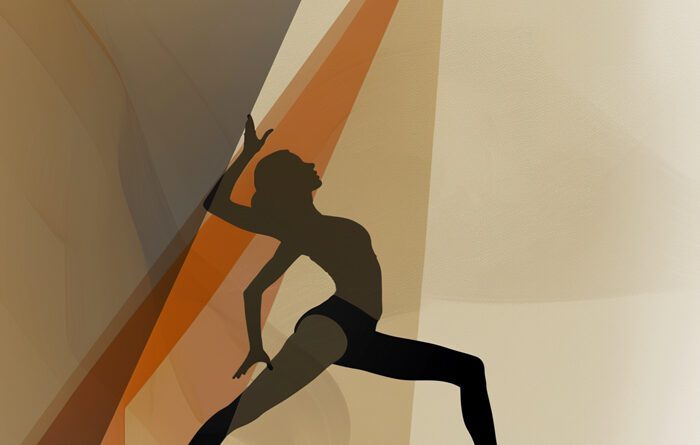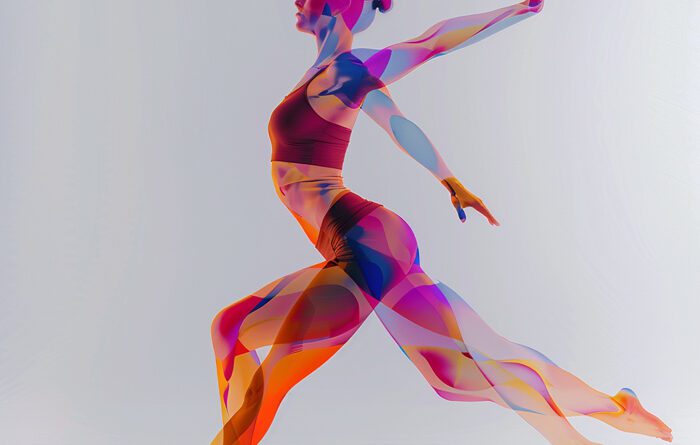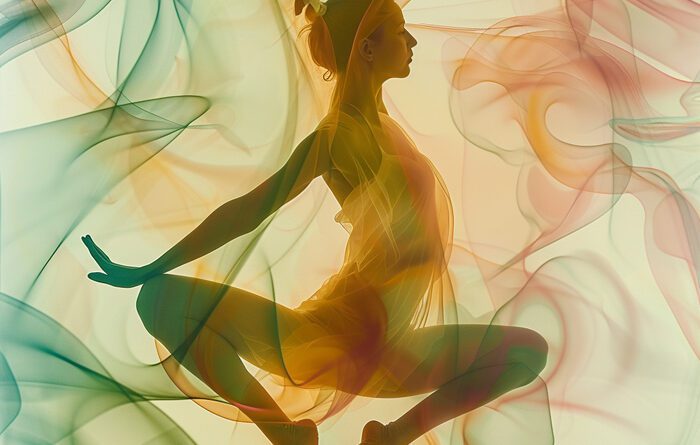If you’re a beginner yogi looking to expand your practice, the Triangle Pose (Trikonasana) is a fantastic pose to explore. As a yoga instructor specializing in working with beginners, I understand the importance of finding poses that are approachable yet offer numerous benefits. Triangle Pose fits the bill perfectly. In this article, we will delve into the technique of Triangle Pose, helping you navigate the posture with ease. Additionally, we will explore the wide-ranging benefits that this pose brings to your physical and mental well-being. So let’s dive in and unlock the secrets of Triangle Pose (Trikonasana)!
Technique of Triangle Pose
Alignment
When practicing Triangle Pose (Trikonasana), proper alignment is crucial to get the most out of the pose and avoid any potential injuries. Start by standing at the top of your mat with your feet about hip-width apart. Turn your right foot out to the side, keeping the heel in line with the arch of your left foot. Your front heel should be aligned with the arch of your back foot. Open up your hips and chest towards the right side of the mat.
Step-by-Step Instructions
To begin, inhale and extend your arms out to the sides, parallel to the floor, palms facing down. As you exhale, reach your right arm towards the front of the mat, while simultaneously sliding your left hand down your left leg. Keep your hips square to the front as you reach down, engaging your core for stability. Find a comfortable position for your gaze, whether it’s towards the extended hand or towards the ceiling. Hold the pose for a few breaths and then repeat on the other side.
Modifications and Variations
If you’re new to Triangle Pose or have specific physical limitations, there are modifications you can incorporate to make the pose more accessible. You can use a block to bring the floor closer to you, placing it on the inside or outside of your front foot. This allows for better balance and support while still getting the benefits of the pose. Another variation is to bend the front knee slightly if you’re experiencing any discomfort in the hips or hamstrings. Remember to listen to your body and make adjustments as needed.
Benefits of Triangle Pose
Physical Benefits
Triangle Pose offers a wide range of physical benefits. It stretches and strengthens the legs, hips, and groin muscles, helping to improve flexibility and range of motion. It also engages and strengthens the core muscles, promoting better posture and stability. Practicing this pose regularly can enhance spinal strength and mobility, relieving any tension or tightness in the back. Additionally, Triangle Pose stimulates digestion and can help to relieve mild digestive issues.
Mental and Emotional Benefits
Aside from the obvious physical benefits, Triangle Pose also has positive effects on the mind and emotions. As you hold the pose, you may notice an increased sense of focus and concentration, as you connect with your breath and body. Triangle Pose can help to calm the mind, reduce stress and anxiety, and promote a sense of overall well-being. It can also cultivate a sense of inner strength and confidence, as you navigate the challenges and complexities of the pose.
Precautions and Contraindications
Injuries and Conditions to be Aware of
While Triangle Pose is generally safe for most individuals, there are a few injuries or conditions that require caution or modifications. If you have any chronic or acute injuries in the ankles, knees, or hips, it’s important to listen to your body and modify the pose accordingly. Individuals with low blood pressure or dizziness should also be cautious during the pose, as the extended reach and gaze can sometimes affect balance. If you have any concerns or doubts, it’s advisable to consult with a qualified yoga instructor or healthcare professional.
Modifications for Beginners
For beginners, it’s essential to approach Triangle Pose with patience and care. Start by focusing on proper alignment and finding stability in the pose, rather than striving for a deep stretch or full extension. You can also use props such as a block or wall for support and balance. Gradually work towards increasing the depth of the pose as your flexibility and strength improve. Remember that everyone’s body is unique, and it’s important to honor your own limitations and progress at your own pace.
Enhancing Your Triangle Pose Practice
Breathing Techniques
Incorporating specific breathing techniques can enhance the benefits of Triangle Pose and deepen your overall practice. As you move into the pose, focus on conscious, mindful breathing. Take deep inhales to expand the ribcage and exhales to release any tension or stress. You can also experiment with synchronized breath with movement, inhaling as you extend and exhaling as you deepen into the pose. The breath can help to calm the mind, bring awareness to the body, and create a sense of flow and ease in your practice.
Props and Tools
Using props and tools can be a game-changer in your Triangle Pose practice. A yoga block can provide support and stability, especially if you find it challenging to reach the floor with your hand. Place the block at a height that allows you to maintain proper alignment and a steady foundation. A strap can also be beneficial in extending your reach and lengthening the side body. By utilizing these props, you can tailor the pose to your needs, ensuring a safe and effective practice.
Sequencing
Integrating Triangle Pose into a well-rounded yoga sequence can enhance its benefits and create a balanced practice. Start your sequence with a gentle warm-up to prepare the body and mind for the pose. From there, gradually build towards Triangle Pose, incorporating other standing and balancing poses that target the legs, hips, and core. After Triangle Pose, you can gradually transition into seated postures or forward folds to cool down and release any tension. Always listen to your body and modify the sequence as needed.
In conclusion, Triangle Pose (Trikonasana) is a foundational pose in the world of yoga that offers numerous physical, mental, and emotional benefits. By practicing with proper alignment, modifications as needed, and incorporating breathwork and props, you can tailor the pose to your individual needs and enhance your overall practice. Remember to approach the pose with patience and respect for your body, as the journey towards unlocking its secrets is a lifelong, ever-evolving process.







